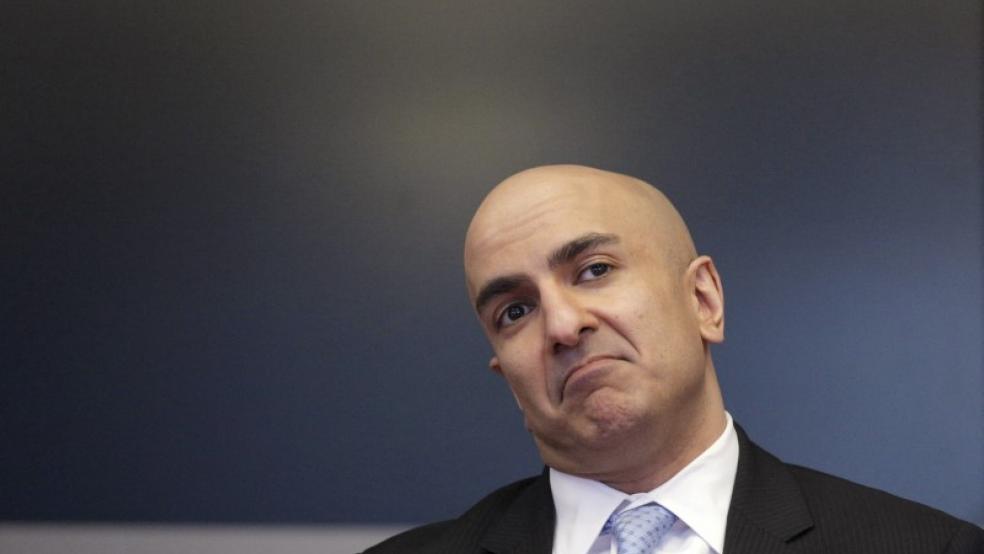WASHINGTON (Reuters) - Further falls in America's jobless rate will lead inflation to start rising early next year, according to a forecast based on research Federal Reserve Chair Janet Yellen has cited as shaping her confidence a rate hike could be needed this year.
Yellen has recently faced a rebellion at the central bank, with two Fed governors arguing that rate hikes should be delayed because of a breakdown in the tendency of low unemployment to fuel faster inflation, a relationship called the Phillips curve.Governor Lael Brainard said this month that the Phillips curve relationship was "at best, very weak at the moment" while Daniel Tarullo said it has not been "operating effectively for 10 years now."With the Fed's rate-setting committee meeting on Tuesday and Wednesday, Yellen and Vice Chair Stanley Fischer may seek to show the bank should not wait for inflation to appear before hiking rates. Both Yellen and Fischer have backed the relationship between jobs and inflation."The Phillips curve is alive and well," said Robert Gordon, an academic at Northwestern University whose 2013 paper on the subject was cited by Yellen and Fischer in speeches this year. Gordon said the key reading to watch for signs of inflation was the short-term unemployment rate, those out of work less than six months, rather than the overall jobless rate. The relationship between that short-term joblessness and prices has held for 50 years, he said.The short-term rate appears to matter because businesses set wages based on plausible candidates for a job, so the surge in people out of work for long spells since the recession might not influence inflation.The short-term jobless rate has sunk to 3.7 percent, which is lower than it was at the outset of the 2007-09 recession. The overall unemployment rate is currently 5.1 percent.Gordon's projection is that the short-term rate will sink to 3.5 percent by the end of 2016 and 3.3 percent by early 2017.Inflation excluding food and energy, currently at 1.3 percent, would start slowly in the first quarter of 2016, with overall inflation rising from its current 0.3 percent rate to the Fed's 2 percent target by 2020, Gordon said. Many Fed policymakers actually expect inflation will rise more quickly, so Gordon's projections are not an argument for the Fed to more aggressively head off price increases. They do, however, shed light on why the Yellen and others at the Fed are confident inflation will rise."Considerable historical evidence suggests that inflation will eventually begin to rise as resource utilization continues to tighten," Yellen said in a March speech in which she cited Gordon's paper as supporting her belief in the Phillips curve.Fischer cited Gordon's paper in August at the Fed's Jackson Hole conference, arguing the labor market played "at least some ongoing role" in determining inflation even though import prices can mask inflationary pressure created by employment.Gordon's projections do not consider the chance a global economic slowdown could increase joblessness and stop inflation dead in its tracks, or that a decline in imported oil prices could keep inflation low.But inflation could be expected to accelerate whenever the short-term rate was below 3.9 percent, which Gordon estimated would correspond to a total unemployment rate of 5.3 percent. (Reporting by Jason Lange; Editing by David Chance and David Gregorio)Why Fed may hike rates before seeing whites of inflation's eyes

Kevin Lamarque



